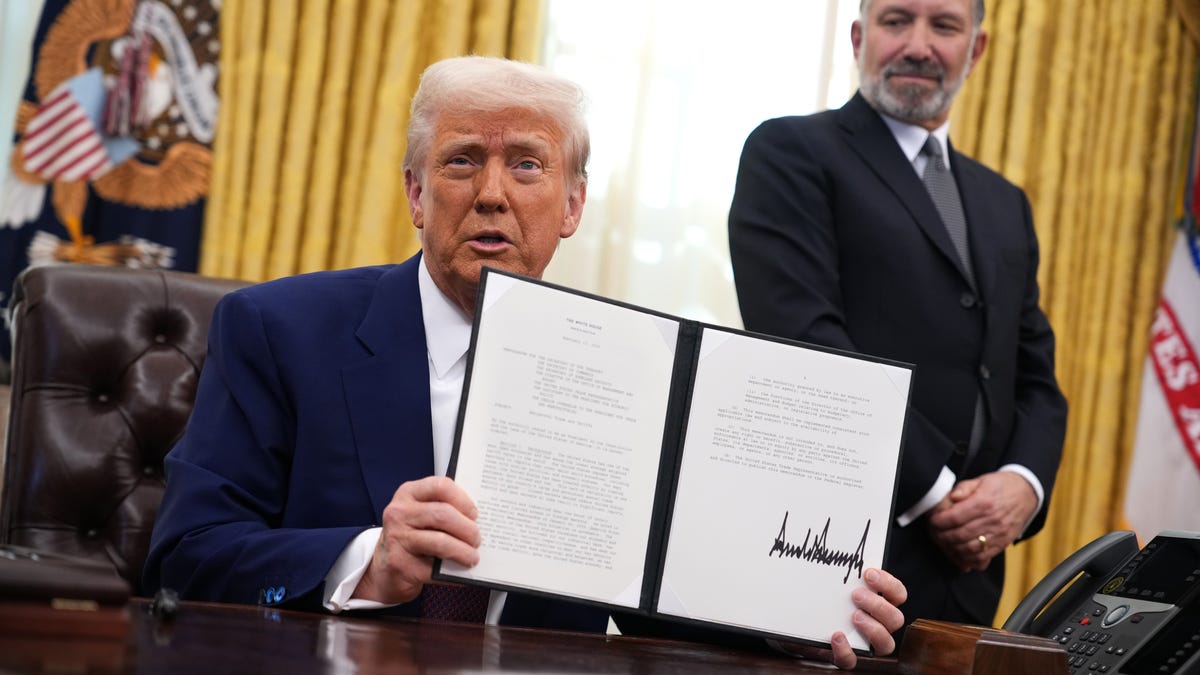Unraveling the Future of the Chips Act: Will Funding Survive Political Turmoil?
The Chips Act, officially known as the CHIPS for America Act, has emerged as a pivotal legislative measure aimed at revitalizing the semiconductor industry in the United States. As the country grapples with a growing reliance on technology and the complexities of international supply chains, the Chips Act represents a strategic investment in domestic semiconductor production. However, recent developments suggest that funding for this crucial initiative may be jeopardized amidst a backdrop of political turmoil and federal workforce reductions. This raises critical questions about the future of innovation in America and the semiconductor industry at large.
The Importance of the Chips Act
The semiconductor industry is often referred to as the backbone of modern technology, powering everything from smartphones to advanced computing systems. The Chips Act was introduced to address the alarming reality that the U.S. share of global semiconductor manufacturing had dwindled from 37% in 1990 to just 12% in 2020. This decline has significant implications, including increased vulnerability to supply chain disruptions, as evidenced during the COVID-19 pandemic.
The Chips Act aims to allocate approximately $52 billion toward research, development, and manufacturing in the semiconductor sector. The funding is intended to incentivize companies to build fabs (fabrication plants) in the U.S., thereby fostering innovation and job creation while ensuring national security. By bolstering the domestic semiconductor industry, the act seeks to position the U.S. as a leader in technology, reducing dependence on foreign manufacturers and enhancing economic resilience.
Political Landscape and Funding Challenges
Despite its ambitious goals, the Chips Act is now facing turbulent political waters. The political landscape in Washington has become increasingly polarized, leading to potential funding cuts that could undermine the act’s objectives. With a federal workforce reduction on the horizon, lawmakers are grappling with budget constraints that could impact various sectors, including technology.
As funding debates unfold, the semiconductor industry finds itself at a critical juncture. The juxtaposition of political maneuvering and the urgent need for technological advancement creates a precarious situation. If funding for the Chips Act is significantly reduced or redirected, the implications could be profound:
- Stalled Innovation: Reduced funding may lead to delays in research and development projects, hindering innovation in semiconductor technologies.
- Manufacturing Setbacks: Companies may reconsider their plans to build new facilities in the U.S., opting instead to invest in countries with more favorable conditions.
- Job Losses: The anticipated job creation associated with the Chips Act may not materialize, impacting the workforce and local economies reliant on manufacturing jobs.
The Intersection of Politics and Technology
The ongoing discussions surrounding the Chips Act exemplify the broader intersection of politics and technology. As lawmakers weigh competing priorities, the semiconductor industry remains a critical area of focus due to its implications for national security and economic stability. The tension between budget cuts and the need for technological advancement raises important questions about the role of government in fostering innovation.
Historically, government investment in technology has spurred significant advancements. The creation of the internet and the development of GPS technology are prime examples of how federal funding can catalyze innovation. As such, the Chips Act represents not just a funding initiative but a broader commitment to maintaining the U.S.’s competitive edge in technology.
What Lies Ahead for the Semiconductor Industry?
The future of the semiconductor industry hinges on the outcomes of ongoing political negotiations and funding decisions. If the Chips Act retains its funding, the prospects for innovation and growth in the sector remain robust. Initiatives such as public-private partnerships could further enhance collaboration between government and industry, fostering an ecosystem of innovation.
Moreover, the global landscape for semiconductors is evolving rapidly. Countries like China and South Korea are heavily investing in their semiconductor capabilities, prompting the U.S. to respond with competitive strategies. The Chips Act positions the U.S. to reclaim its status as a leader in semiconductor manufacturing, but this requires sustained commitment from policymakers.
Potential Solutions and Path Forward
As the Chips Act navigates potential funding cuts, several solutions could help preserve its objectives and support the semiconductor industry:
- Cross-Party Collaboration: Encouraging bipartisan support for the Chips Act could mitigate the risks associated with funding cuts. Lawmakers must recognize the long-term benefits of a strong semiconductor industry.
- Private Sector Engagement: Engaging the private sector in discussions about funding and investment can lead to innovative funding mechanisms that complement government efforts.
- Public Awareness Campaigns: Increasing public awareness about the importance of the semiconductor industry can garner support from constituents, influencing lawmakers to prioritize funding.
Conclusion: A Call to Action
The Chips Act represents a crucial opportunity for the United States to strengthen its semiconductor industry and secure its technological future. However, as political turmoil looms and funding challenges arise, the fate of this initiative hangs in the balance. It is imperative for stakeholders—policymakers, industry leaders, and the public—to rally behind the importance of maintaining robust funding for the Chips Act.
By prioritizing investment in the semiconductor sector, the U.S. can foster innovation, create jobs, and enhance national security in an increasingly interconnected world. The future of the Chips Act is not just a matter of budget allocations; it is a reflection of America’s commitment to remaining at the forefront of technological advancement. As we look ahead, it is essential to advocate for the funding that will ensure a thriving semiconductor industry, capable of driving innovation for generations to come.
See more Future Tech Daily

